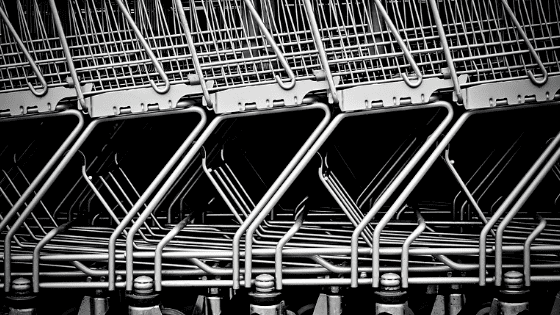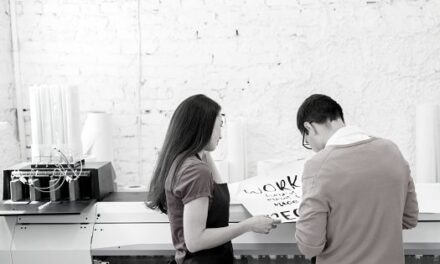As a child, I remember going to Epcot Center in the late 1980s with my parents and going through the Home of the Future exhibit. There were things such as lights, refrigerators and ovens being controlled by computers. I remember telling my parents how amazing that was and I started throwing out ideas of what the future could hold. Of course, they thought I was crazy because why would you even need a computer to control those items? I remember saying, “but wouldn’t it be cool if you could put a casserole in the oven before going to work and then while sitting at your desk at work you turn on the oven and dinner is ready when you arrive at home.” Little did I know at the time that the future would hold Internet of Things (IoT) and these things would be possible.

IoT is quickly growing, as more and more connected devices are released each day and many more to come. This technology opens up many opportunities for retailers to transform the store employee and consumers’ journey. If you’ve ever spent several minutes trying to find that one last item in the grocery store, you know how frustrating that can be and create a negative customer experience. But what if shoppers could pull up their smart phone or summon an in-store product finding robot to point them in the right direction. IoT beacons can be used with store planogram data to provide product finding services.
Or, how about customers that have gone to the store to pick up certain sale items only to find that the shelf is already empty on the first day of the sale. IoT Smart Shelves can alert store team members to low stock areas and help the team focus on replenishing the high churn displays.
Worse is leaving the grocery store then realizing some favorite items were on sale. When shoppers checkout using a loyalty card, shopping habits are tracked by retailers. Retailers can use this data to notify shoppers via a mobile phone when shoppers are near favorite items in the store on sale. Responsive customer service via near field communication will be the new billboards.
The holy grail of IoT for grocery would be automated checkout. Go through the store, pick up items and walk right out of the store as the sensors on the items are read upon exit, totaling your bill and automatically paying it using the bank account information or credit card tender already set up in your mobile payment wallet.
As part of my job with Getronics, we work with large grocers to uncover many IoT opportunities and implement solutions to redefine the consumer’s journey throughout the brick and mortar store. Items such as digital menu boards, digital signs and digital price tags can be installed throughout a store allowing for real time pricing and the ability to offer flash sales at key times of the day – which can even be synched to marketing efforts. Mobile point of sale implementations for use in peripheral store departments such as wine bars, food counters or for click andcollect.
The mobile point of sale implementations includes consumer and store associate solutions running on iOS or Android devices – as well as solutions running on retailer owned devices – all providing more convenient checkouts for the retail consumer. There are also solutions for store management allowing them to spend more time on the sales floor engaging with customers and employees. For example, managers are able to see sales data, monitor POS terminals, send/receive alerts and perform manager functions on an iOS or Android device.
Grocery retailers typically operate on small margins and new cutting-edge technology can be challenging to implement. However, not doing so will likely be long term costly as customer experience dominates the successful brick and mortar. It is important for retailers to stay ahead of the competition while retaining consumer loyalty, so leaders in the grocery and retail industry in general need to explore how IoT is part of their near and long term digital transformation strategy.



















